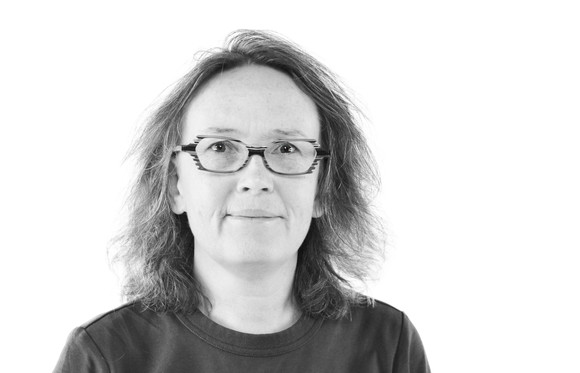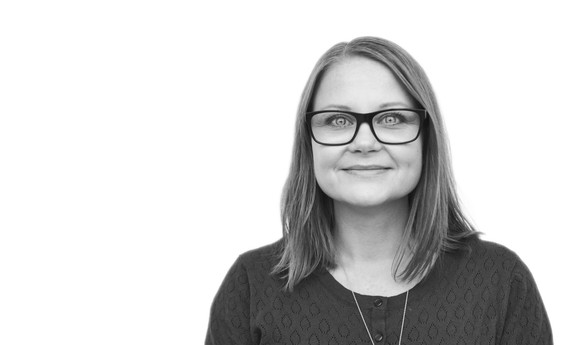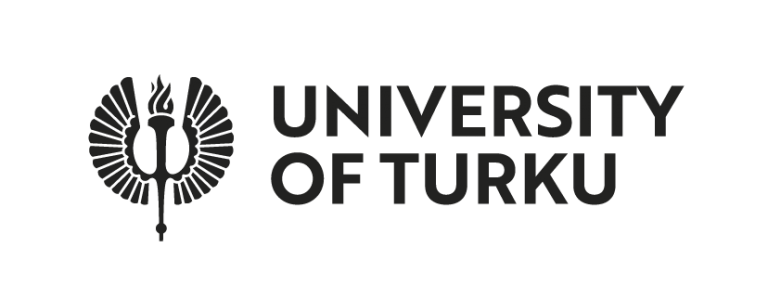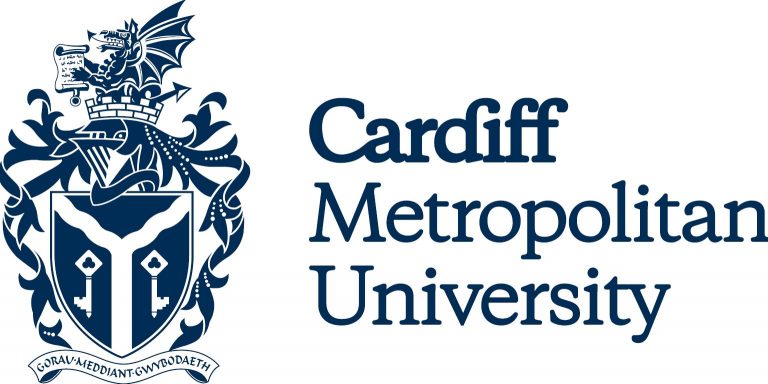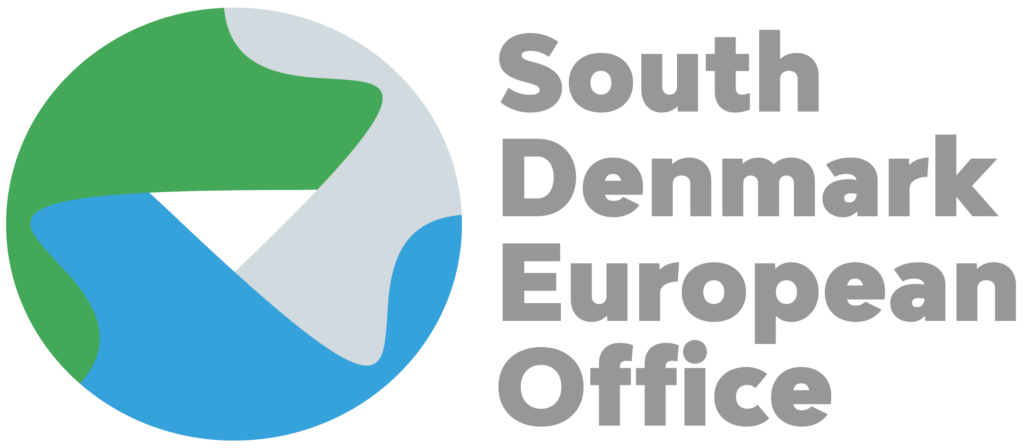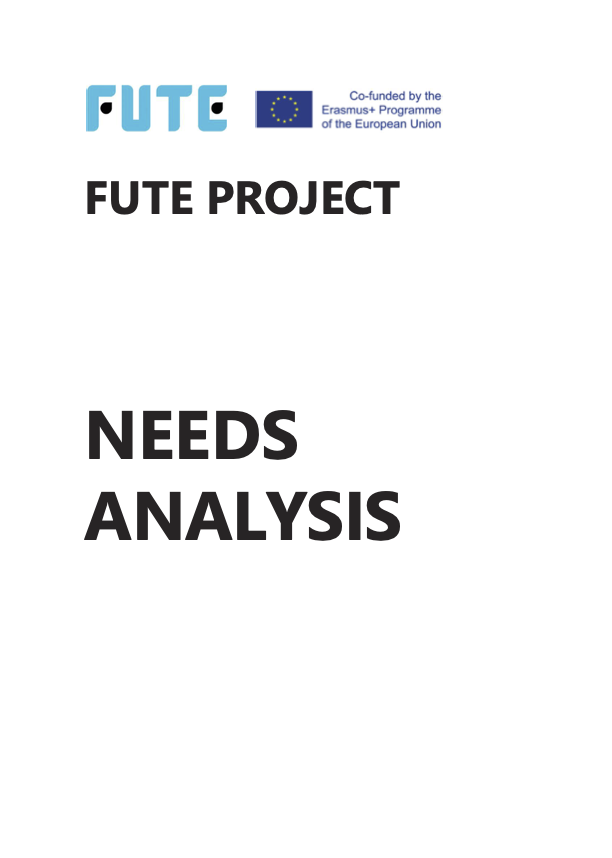
About the FUTE Project
The FUTE hypothesis is that by involving pupils more extensively in the planning and execution of teaching, and by bringing more meaningful and real-life problem solving into the classroom, pupils will be more engaged and teaching can become more collaborative and interesting.
The project aims to transfer design thinking and co-creation methods to the classroom, creating a modern approach to teaching where challenge framing and problem-solving skills, which can boost innovative thinking, are put at the forefront.
The FUTE project has therefore developed a didactic platform for teacher training, and created tools that help teachers by implementing more design thinking into the educational curriculum in schools across Europe.
With support from the FUTE material, broader interdisciplinary issues – like understanding climate change or homelessness – can become cross-disciplinary project courses that use design thinking and design methods.
The purpose is to help the pupils to frame a problem and create a solution doing research and analysis and then craft a tangible solution to a problem (e.g. a new playground for the neighbourhood kindergarten where children can learn about climate change, or a ‘Home in a Backpack’ for homeless people).
Such an approach to learning and teaching can be incorporated into an engaging collaborative process that also develops innovation skills.
Some problems within the schools are of a more general nature relating to class management or interactions between the school and the surrounding community. The present Method Collection includes some techniques that can be used as a collaborative approach to framing and understanding the problem in depth, suggesting new innovative solutions that commit everyone involved in new ways.
Watch the video below to learn more about the FUTE project.
The FUTE Methodology
The FUTE method and materials are an amalgam of accumulated practices, approaches and methods from design practice, applied anthropology, marketing, creativity and organisation theory, management thinking and various other areas.
The description and organisation of the individual methods are adapted from the 5C Model of Design Methods and Knowledge and the DSKD Method Collection developed in 2011 by Associate Professors: S. A. K. Friis and A. K. G. Gelting at Design School Kolding in Denmark.
The model and Method Collection have been used since 2011 with great success at design schools and universities inside and outside Denmark.
A new version of the model and the method collection was launched in 2014: The 6C Model and The Co-Create Collection. This material is independently authored by Associate Professor S. A. K. Friis and published by U Press in Denmark.
The 6 Cs are:
Collect – Comprehend – Conceptualize – Create – Collaborate – Communicate.
The present FUTE material has been developed by Associate Professor A. K. G. Gelting and Senior Designer and lecturer/teacher Laila Grøn Truelsen, who both have design backgrounds and are presently working on teaching and development projects at The Design School Kolding in Denmark.
Input for the development, choice of methods and examples of how to use the Method Cards come from the FUTE project partners.
The FUTE material is the result of a collaborative project among teacher educational institutions and secondary schools in France, Belgium, Wales, Denmark and Finland – and Design School Kolding, Denmark.
Meet some of the project partners here – and hear them introduce you to their work on FUTE!
Meet the Project Partners
The FUTE material is the result of a collaborative project among teacher educational institutions and secondary schools in France, Belgium, Wales, Denmark and Finland – and Design School Kolding, Denmark.
Meet some of the project partners here – and hear them introduce you to their work on FUTE!
The FUTE Needs Analysis
The FUTE project has been developed based on a Needs Analysis that focuses on the current teaching climate’s strong sides as well as on the areas that teachers and their students have identified as ones needing improvement, innovation and change.
The needs analysis was presented in June 2018 and is based on interviews within 10 pilot schools that the project collaborates with in Denmark, UK, Finland, Belgium and France.
The Fute Timeline

Contact the FUTE Project

All FUTE project materials are licensed under CC BY-NC-SA 4.0
5C and 6C Models © Anne Katrine Gøtzsche Gelting and Silje K.A. Friis.


